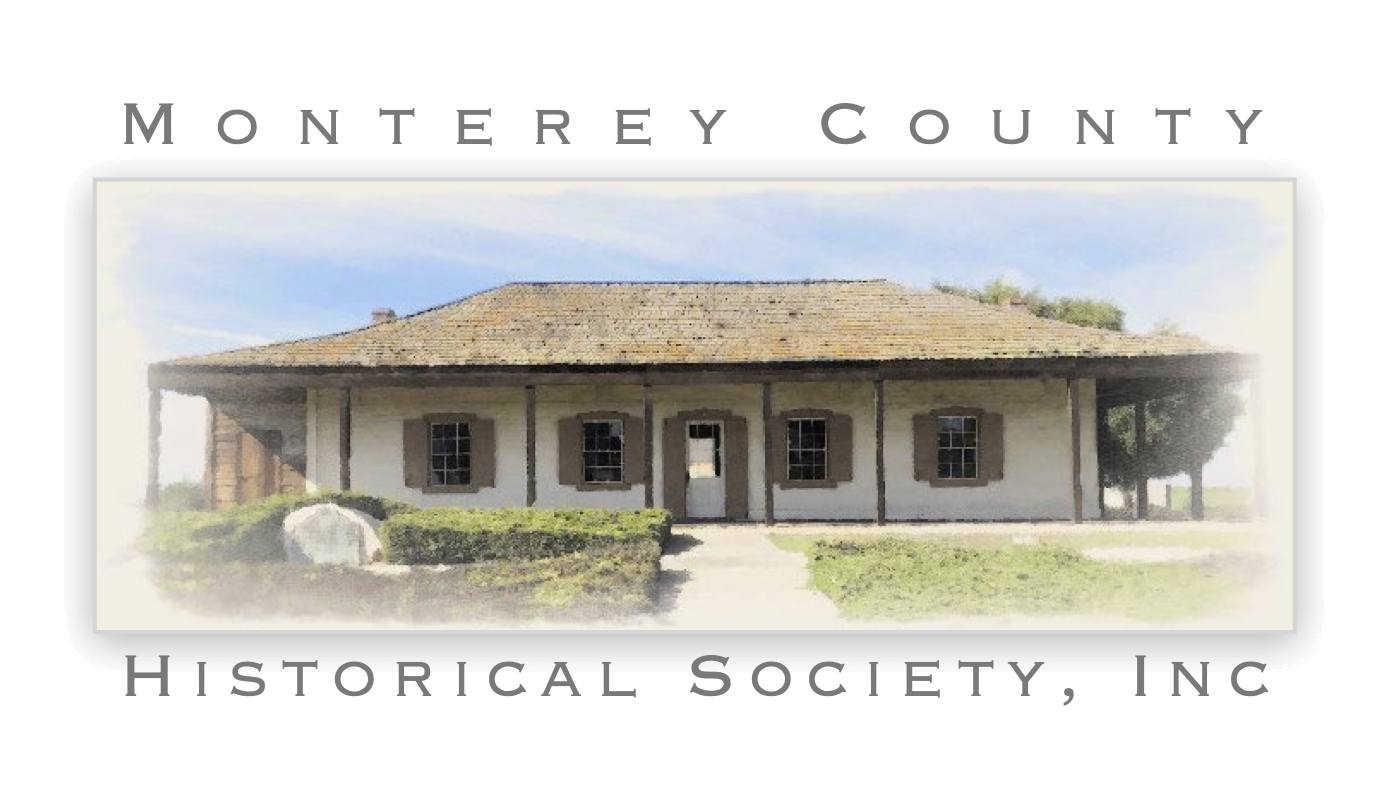Claus Spreckels was born in Landstedt, in the then independent kingdom of Hanover, on July 9, 1828. He came to the United States in 1846, and engaged in the grocery business in South Carolina and New York. He came to San Francisco in 1856, where he was in the grocery trade and organized a brewery. He also acquired sugar plantations in the Sandwich Islands and founded sugar refineries.
As an experiment, in 1873 he planted sugar beets in Aptos, Santa Cruz County. By 1888, he established the Western Beet Sugar Company in Watsonville. Spreckels founded the Pajaro Valley Railroad to transport beets, and extended the line to Moss Landing. Though the largest beet sugar factory in the United States, it produced raw sugar, which was then refined in San Francisco. This was not good enough for Spreckels, and in 1897 he began work on a large refinery southeast of Salinas. When finished in 1899, the Spreckels Sugar Factory was the largest refinery in the world. It survived the 1906 earthquake, but the 1989 Loma Prieta earthquake was the beginning of the end. It was demolished just a few years later.
The railroad was expanded to serve the new refinery and renamed the Pajaro Valley Consolidated Railroad.
The town of Spreckels housed many of the workers. It was largely a company town until 1925, when houses were first sold.
Spreckels died on December 26, 1908.
The Character of Claus Spreckels
The character of Claus Spreckels is perhaps exemplified by this story: In 1895, Spreckels began construction of the Spreckels Building in San Francisco, and when completed it was the tallest building in the city. But Spreckels was annoyed because smoke from two plants of the San Francisco Gas and Electric Company were smudging the sides of the building and annoying his tenants. He asked the president of the utility, Joseph B. Crockett, to help reduce the soot, but was rebuffed. In answer, Spreckels in 1899 founded the Independent Electric Light and Power Company and engaged in a ferocious rate war with the older utility.
The rate war and dogged competition forced the San Francisco Gas and Electric Company to merge with all of its rivals–except Spreckels who would not merge, but offered to sell his new company. The San Francisco Gas and Electric Company had no choice but to buy, at a handsome profit for Spreckels. The successor company of all these smaller companies is now the Pacific Gas and Electric Company!
Sources:
- Adler, Jacob, Claus Spreckels: The Sugar King in Hawaii (Mutual Publishing Paperback Series, Honolulu, HI, 1966).
- Breschini, Gary S., Trudy Haversat, and Mona Gudgel, 10,000 Years on the Salinas Plain: An Illustrated History of Salinas City, California (Heritage Media Corp., Carlsbad, 2000).
- Clark, Donald T., Monterey County Place Names (Kestrel Press, Carmel Valley, 1991).


